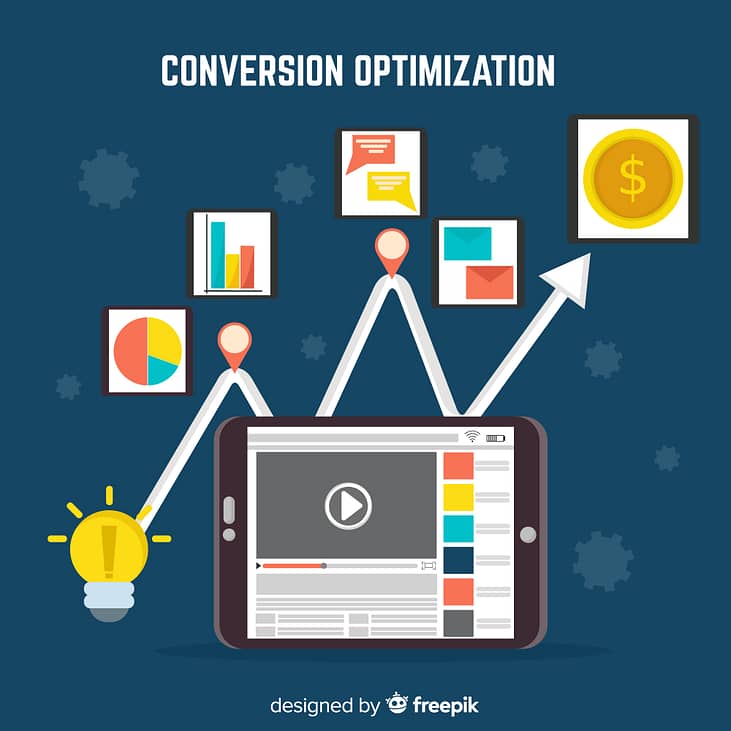In the world of digital marketing, conversion rate optimization (CRO) plays a crucial role in maximizing the effectiveness of your website. By focusing on improving the percentage of visitors who take a desired action, such as making a purchase or filling out a form, you can drive significant business growth. In this blog post, we will explore effective techniques for optimizing your website’s conversion rate and improving its overall performance. By implementing these strategies, you can enhance user experience, increase conversions, and achieve your business objectives.
- Analyze User Behavior with Web Analytics :
To optimize your website’s conversion rate, start by analyzing user behavior using web analytics tools like Google Analytics. Understand how users navigate through your site, identify bottlenecks, and discover pages with high bounce rates or low engagement. Analyzing data on user flow, conversion funnels, and exit points helps you identify areas for improvement and prioritize optimization efforts.
- Implement Clear and Compelling Call-to-Actions :
Effective call-to-actions (CTAs) are critical for driving conversions. Use clear and concise language in your CTAs, compelling visitors to take the desired action. Place CTAs strategically, ensuring they are visible and prominently displayed on relevant pages. Experiment with different CTA designs, colors, and wording to determine what resonates best with your audience. A well-crafted CTA guides users through their journey and increases the likelihood of conversion.
- Simplify and Streamline the Conversion Process :
Make the conversion process as easy and seamless as possible for your visitors. Minimize the number of steps required to complete a conversion, whether it’s making a purchase, filling out a form, or subscribing to a newsletter. Eliminate unnecessary form fields, provide clear instructions, and optimize your checkout process to reduce friction and enhance user experience. By simplifying the conversion process, you remove barriers that may hinder users from completing the desired action.
- Utilize Social Proof and Trust Signals :
Build trust and credibility with your audience by incorporating social proof and trust signals throughout your website. Display customer testimonials, reviews, and ratings to demonstrate the positive experiences of others. Showcase trust badges, security certifications, or guarantees to instill confidence in your visitors. Highlight any relevant partnerships, certifications, or industry recognition to further establish credibility. By leveraging social proof and trust signals, you create a sense of reliability and encourage visitors to convert.
- Conduct A/B Testing and Experimentation :
A/B testing is a powerful technique for optimizing your website’s conversion rate. Test different variations of your web pages, headlines, layouts, colors, or CTAs to identify the most effective elements. By running experiments and analyzing the results, you can make data-driven decisions to improve your website’s performance. Continuously test and refine your website to discover what resonates best with your audience and drives the highest conversion rates.
Conclusion :
Conversion rate optimization is an ongoing process that involves analyzing user behavior, optimizing the user experience, and continuously testing and experimenting. By implementing techniques such as analyzing user behavior, implementing compelling CTAs, simplifying the conversion process, utilizing social proof, and conducting A/B testing, you can improve your website’s performance and increase conversions. Embrace the power of conversion rate optimization to enhance user engagement, drive meaningful actions, and achieve your business goals. Continually refine your website to create a seamless experience that inspires visitors to convert.









